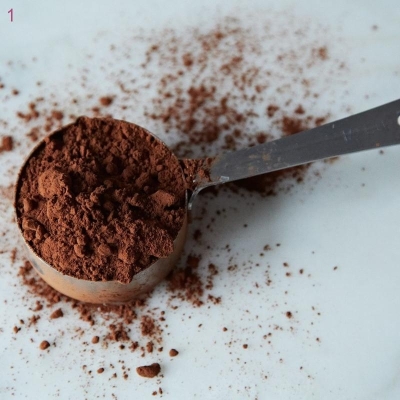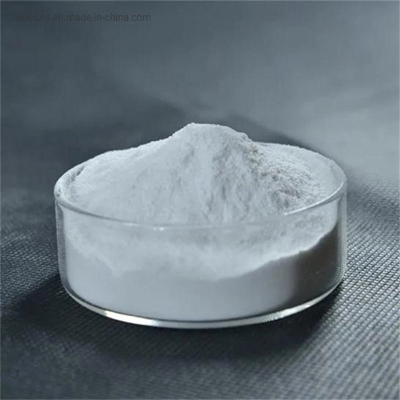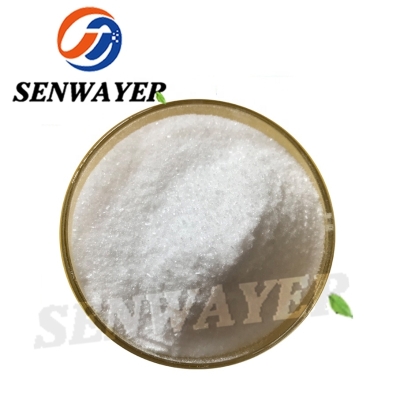Tulips
-
Last Update: 2021-03-12
-
Source: Internet
-
Author: User
Search more information of high quality chemicals, good prices and reliable suppliers, visit
www.echemi.com
Tulip is a multi-year herb of lily, is an important spring ball root flowers, its variety, early flowering, the most suitable for cutting flowers, flowering, flower bed arrangement or lawn edge natural planting. The most in-demand variety is the red
by the Chinese people in mid-to-late November. The yellow system has been on the market since December, and the price is higher than the red system.
eco-habits and flowering regulation:Tulips are warm and humid in winter, cool in summer
dyear
, sunny or semi-yin environments. It is highly resistant to cold, can withstand low temperatures of minus 35 degrees Celsius in winter, and can grow normally at temperatures of 8 degrees Celsius in winter, so it is more adaptable. It is rich in humus, fertile and well-drained sandy loam. Tulips for the autumn roots, late autumn began to germinate, early spring flowering, early spring began to enter the temperature of 9 degrees C to 13 degrees C, 5 degrees C below the elongation almost stopped. After planting, the first growth peak occurs, the next year is the second growth peak, but 60% to 70% of the total growth is carried out during the year. The first 3 weeks of flowering are the period of vigorous growth of stems and leaves, the most suitable temperature of 15 degrees C to 18 degrees C; During the sleep period, bud differentiation was carried out, and the differentiation temperature was suitable from 20 degrees C to 23 degrees C. The stem life of 1 year, that is, the new and old ball is replaced once a year, the mother ball in that year flowering and forming a new ball and sub-ball, at this time it will dry out. Usually a mother ball can produce 1 to 3 new balls and 4 to 6 sub-balls. Tulips are flowering and are usually refrigerated at the roots. The method is: first, the bulbs excavated at 17 degrees C are treated for 1 week under 34 degrees C, then stored at 20 degrees C for 1 month to the bud differentiation is complete, moved to 17 degrees C after 1 week to 2 weeks of preparation for storage; Cultivation sub-promotes cultivation and semi-promotes cultivation. Promote cultivation is the cold treatment of the ball root, with low temperature
culture
after planting, and then in the high temperature glass chamber or plastic shed to complete the cultivation, in November to March of the following year listed;
varieties:(1) Yellow Hetifuz: Bright Yellow; Gold Award: Dark Lemon Yellow; Belochuru: Dark Yellow. (1) Red Moster Maulusz: Crimson; Palurishida: First orange red, soon to crimson; Lolado: bright red with white edges; erthromat: bright red; Kisneris: crimson, set bright Yellow Edge; Birchgo: Crimson; Eisenhower Prize Army: Bright Red; Pritha O'Hare: Bright Peach; Hadi Elotti: Crimson; Strekobim: Fuchsia; Rose Beauty: Dark Peach. (1) White Mozart: white with red edges; athletes: pure white; Zma: white with red edges; Alo Biro: pure white, etc.
breeding and cultivation:
(1) reproduction usually sub-ball reproduction. When dewy cultivation is done, eastern China is often planted from September to October, and north China is suitable for planting from late September to early October; Premature planting is often susceptible to frost damage due to leaf-pumping before winter, and late planting is often due to insufficient growth of autumn and winter roots and reduces the ability to resist cold. Promote and semi-promote cultivation usually involves planting refrigerated balls from mid-September to early October. Seeding is also available in order to increase the amount of reproduction. Seeds do not sleep characteristics, need to go through 7 to 9 degrees C low temperature, 30 days to 40 days after seeding germination, germination rate of 85%. General dewy autumn sowing, after winter seed germination of soil, to June the underground part has formed a scale stem, until its hibernation after digging out storage, until autumn planting, after 5 to 6 years to flower. (1) Cultivating sandy loam is most suitable. The appropriate pH is 6.0 to 6.5. The soil should be completely disinfected before planting. Fertilizer requirements are not much, usually do not need to chase fertilizer, planting before the application of a certain base fertilizer can be. Depending on the time of listing, there are different cultivation methods. Super-promoted cultivation to mid-November to early December market as the goal, in mid-to-late September planting ball, mid-October insulation, soon insulation; Cultivation in mid-October to mid-November planting balls, the use of cold-proof equipment insulation, non-warm management, the following year from mid-January to late March market, these cultivations are used refrigerated ball roots, but after mid-to-late November planted, can use non-refrigerated ball roots. Plant the ball cover thickness of up to 2 times the height of the ball can be. Do not be too deep, otherwise it is not easy to score the ball and often cause decay, but planted too shallow, vulnerable to frost and drought. Planting line distance of about 15 cm. The size of the plant distance from the ococter ranges from 5 cm to 15 cm. Proper watering after planting to promote rooting. Avoid damaging the blades when cutting flowers, so as not to affect the enrichment of the root of the ball. In early summer, when the stems are yellow, the bulbs are dug up and stored in a cool, dry place after drying. Treatment with erythromycin (100×10-6) at the height of the tulip plant 7 cm to 10 cm, drop solution 0.5 ml to 1.0 ml into the crucible-like leaves, every 7 days to 10 days and then 1 time, can be spent 10 days to 15 days in advance. If can be combined with electric lighting, the effect is better, but also can reduce the phenomenon of blind flowers.
Cut flowers cut and fresh:
buds fully colored, you can cut to market. Managed at a slightly lower temperature, it can be gradually colored, but with high temperature early flowering, color difference. At the same time, late coloring, in the transport and market transactions are prone to damage. Therefore, near flowering, to avoid over-remembered temperature, in the enrichment of the light while maintaining good breathing, cut flowers easy to pull up the root of the ball, can be cut with clamps, as far as possible with the stem inside the root of the ball. Cut flowers according to varieties, plant height and the size of the flowers are divided, 10 branches a bunch of box transport. Bottled fresh can be used 10×10-6 ammonium algae, 2.5% sugar, 10×10-6 calcium carbonate mixture, can be used sugar, dwarf and 8-hydroxyquinone citrate mixture.
This article is an English version of an article which is originally in the Chinese language on echemi.com and is provided for information purposes only.
This website makes no representation or warranty of any kind, either expressed or implied, as to the accuracy, completeness ownership or reliability of
the article or any translations thereof. If you have any concerns or complaints relating to the article, please send an email, providing a detailed
description of the concern or complaint, to
service@echemi.com. A staff member will contact you within 5 working days. Once verified, infringing content
will be removed immediately.







